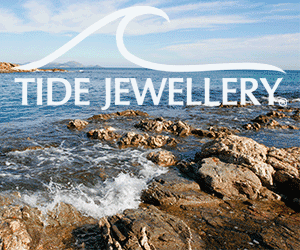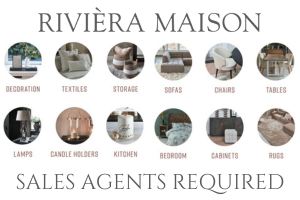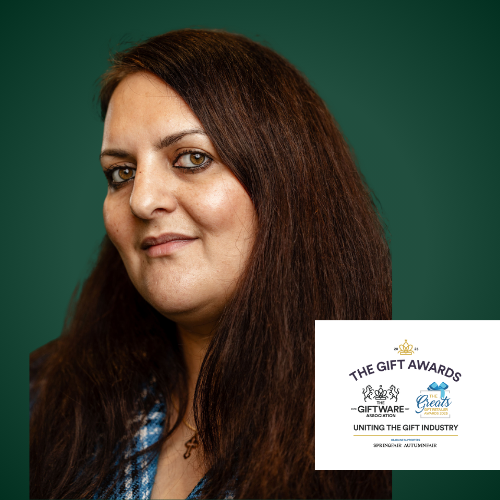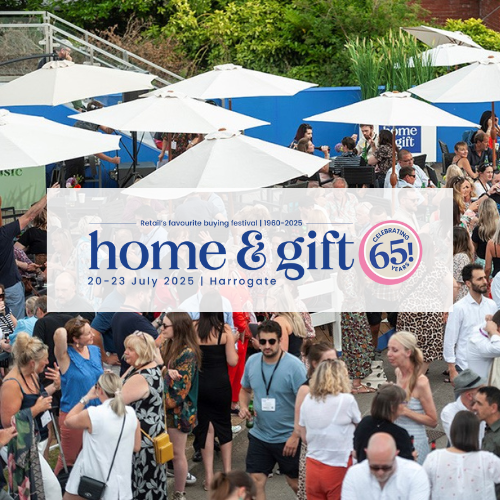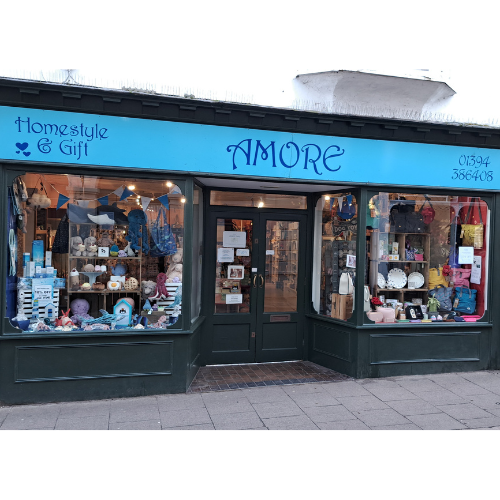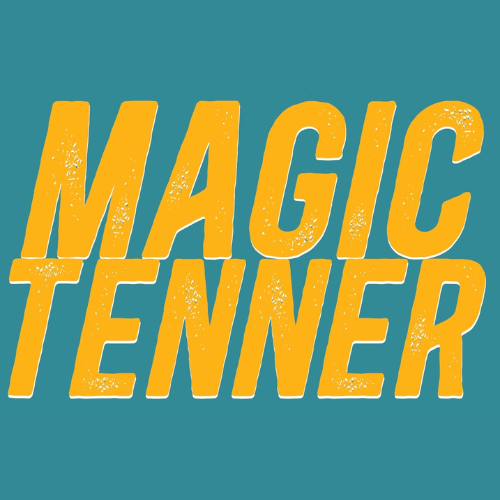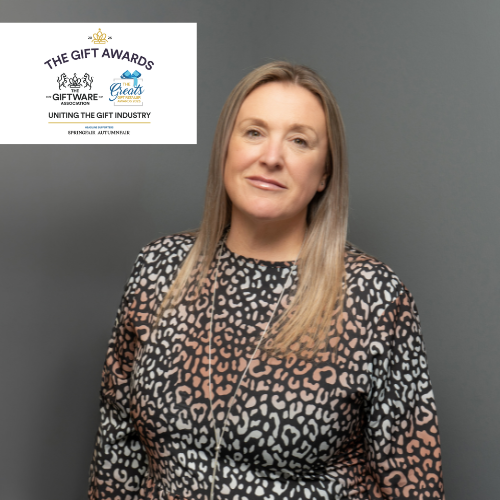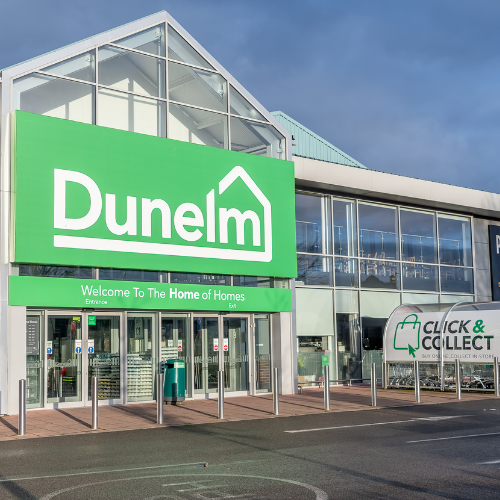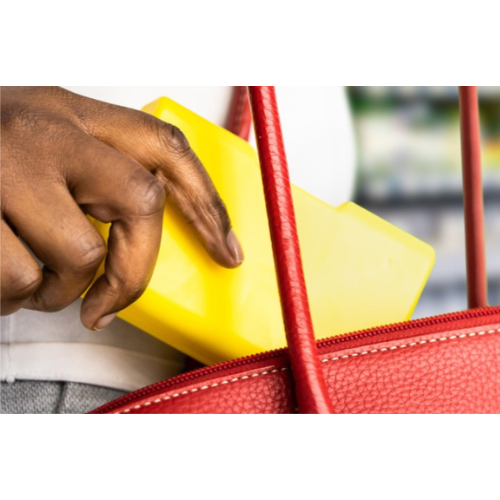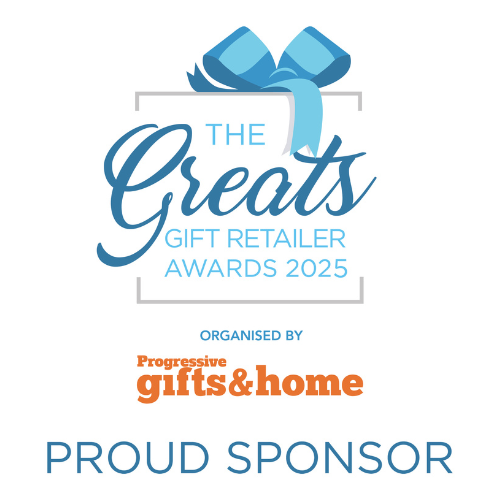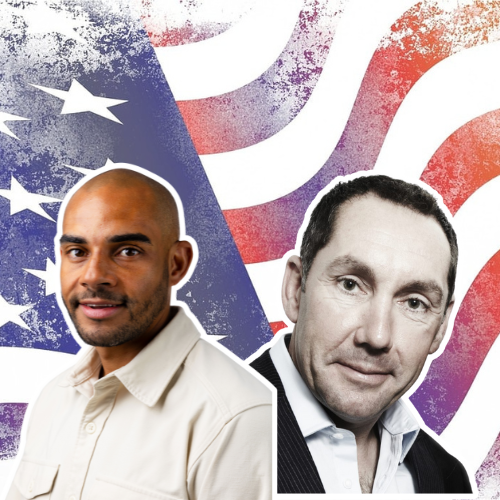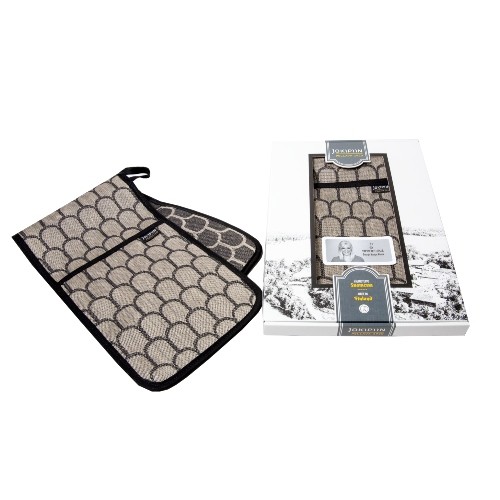Start Licensing’s Ian Downes reflects on how licensing has changed over the past 25 years.
“This year, licensing trade show Brand Licensing Europe (BLE) celebrates its 25th anniversary – definitely cause for celebration for the show organisers and the wider industry. The show’s longevity and ongoing success points to a healthy licensing industry. I think I have been to all 25 editions of BLE, and I am not alone in having 25 BLEs to my name. I’m sure that when the licensing industry assembles at ExCel from 24-26 September there will be a lot of reminiscing and reflection on past BLEs.
One dynamic of the licensing industry that I think has changed is the breadth of rights that are available to license these days. To a large extent, 25 years ago, licensing was dominated by entertainment brands. I worked at Copyright Promotions (CPL) back then and most of the brands we worked on were sourced from the entertainment category, with films and TV dominating. Although it should be acknowledged that we represented the Brockum Rights Library which was made up of music acts including the likes of Guns ’n’ Roses and also brands such as Monopoly. Interestingly, Monopoly found success in the gifts and accessories markets with items such as cufflinks sold in gift boxes – you could buy cufflinks based on the playing pieces. We also had a successful range of Monopoly ties which sold in big numbers in retailers such as Marks & Spencer’s. Lots of these were bought as gifts. Not sure we would sell as many ties in 2024 though!
It would be interesting to see the exhibitor list from BLE 25 years ago to see if chimes with my recollection of the breakdown of rights at the time, and the dominance of entertainment brands. Things were definitely changing rightwise though, and CPL moved into the wider world of brand licensing. I helped secure representation for brands like M & M’s, and the company also set up a sports licensing division which included rights from the worlds of cricket, fishing, darts and boxing. I think the CPL sales team tried all four of those sports at one time in the office with varying degrees of success!
We also represented Sega and Sonic the Hedgehog. I remember licensing the rights to Fleetway to create Sonic the Comic. This was an early sign of how important gaming rights were going to be to the licensing world.
These days licensing rights are sourced from a wide variety of sectors and this has resulted in gifting companies responding by developing ranges that reflect the rights that are available. This flows through to retail as well. A good example of this is that Waitrose are currently stocking a range of stationery and accessories such as backpacks from Maped Helix featuring US collegiate brands to include Harvard and Florida. These are in the market for the Back to School buying period.
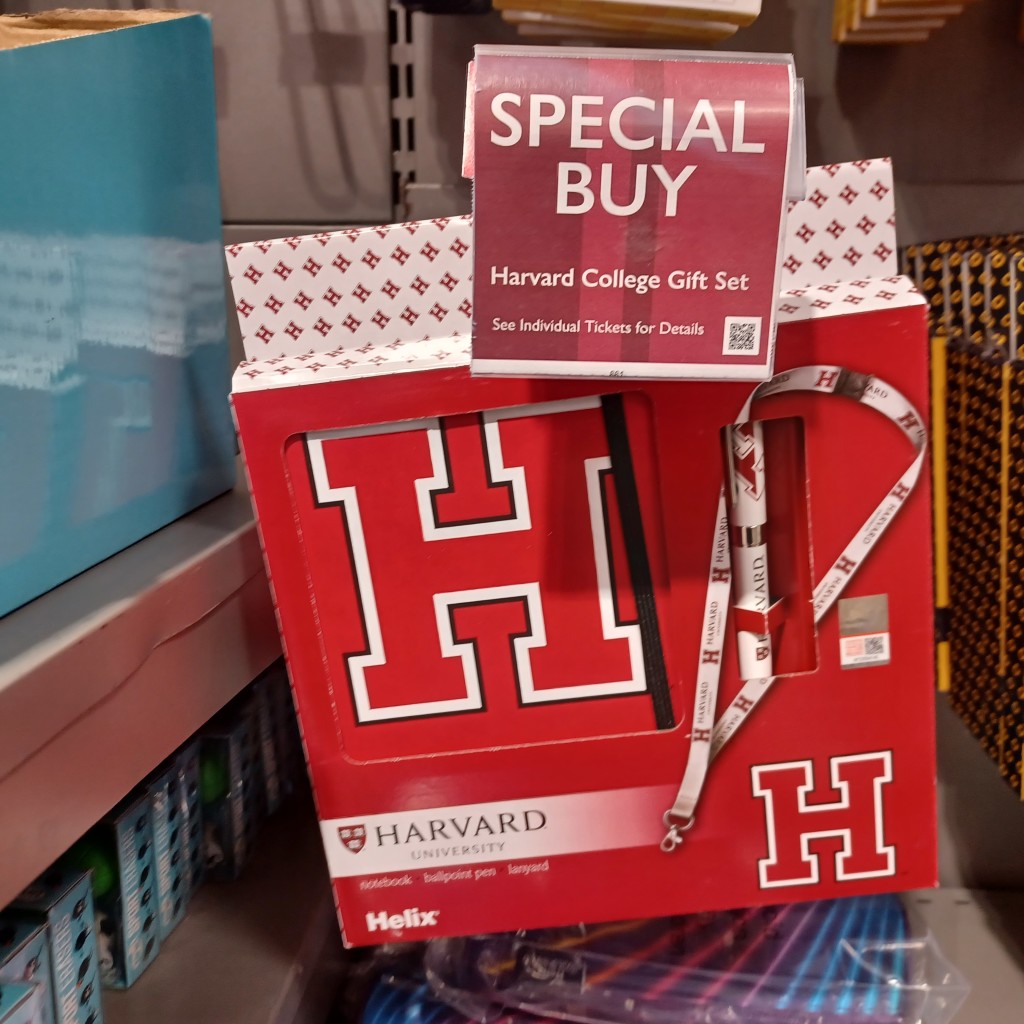
It is also more common to see heritage brands succeeding in the market. In my own work, we represent The Ashmolean Museum which is part of the University of Oxford. It is also the world’s oldest free to attend museum. It has a rich heritage with an extensive collection which lends itself to licensing, but, like a lot of heritage brands, the Ashmolean has worked hard behind the scenes to get their collections ‘licensing ready’. The licensing industry has learned a lot over the last 25 years, including the need to be focused and commercial in regards to design assets. Most brands entering the licensing market seem better prepared than equivalent brands were 25 years ago. This is another sign of the growing maturity of the licensing market.
It has also been interesting to see how the types of products and product categories that are targeted at the gift market has changed. Crafting and craft kits are part of the gift scene and there are a range of licensees who develop products with the gift market in mind. This includes their approach to product development, pricing and packaging. China Petals are an Ashmolean licensee for Mosaic Craft kits. They have developed three kits with their designs influenced by artefacts in the Ashmolean’s collection. The products are positioned in a way that makes them gift friendly. Licensees who, maybe 25 years ago, would have ‘stayed in their lane’ are more likely these days to take a flexible approach to product development to maximise their reach and appeal. Likewise, retailers seem more flexible in their approach to licensing including independent retailers. Increasingly independent retailers seem to be selecting licensed products that sit alongside and complement non-licensed products. They have recognised there is ‘value’ in licensed products.
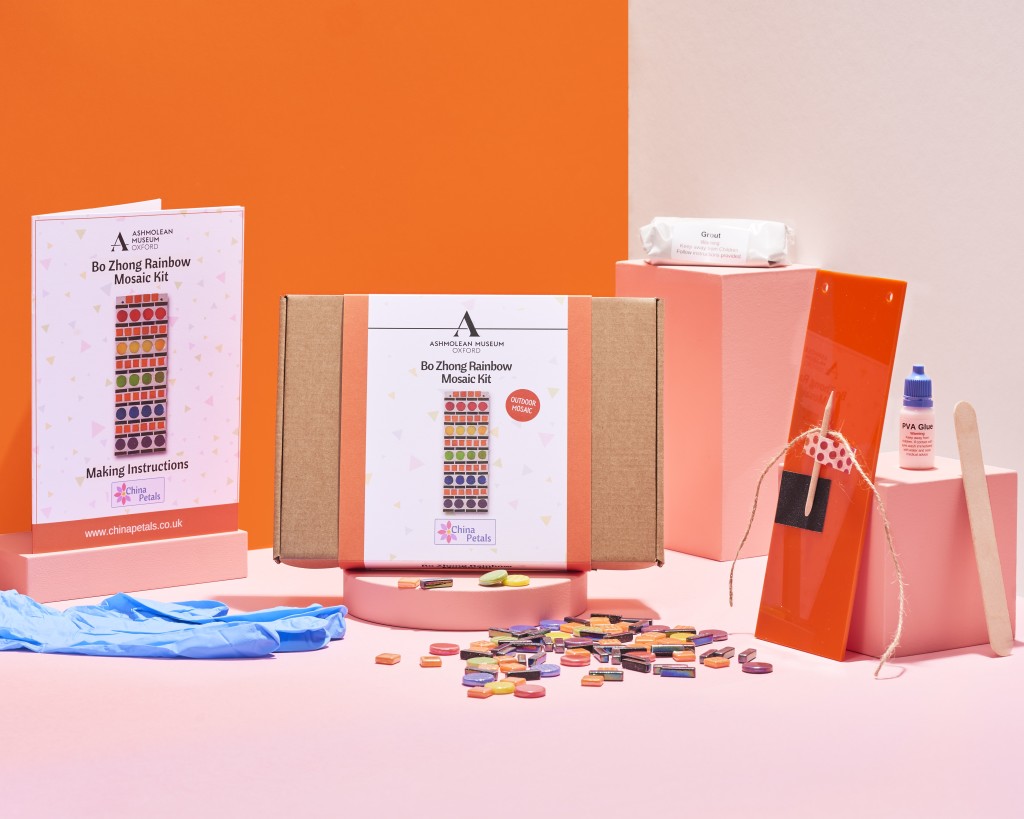
I spotted a good example of an independent shop embracing licensing on a recent trip to Bristol. The Ustudio shop describes itself as “… a mini concept department store with a focus on the beautiful simplicity and craftsmanship of Scandinavian and Japanese design”. Ustudio is a well presented shop. It seemed to be a popular local shop as well. While at first glance it didn’t seem to be a natural home for licensed products, a quick look around showed otherwise. I saw a few collectable figurines featuring IP like Snoopy, Andy Warhol and Rolling Stones. These were design pieces created to collect, but also display.
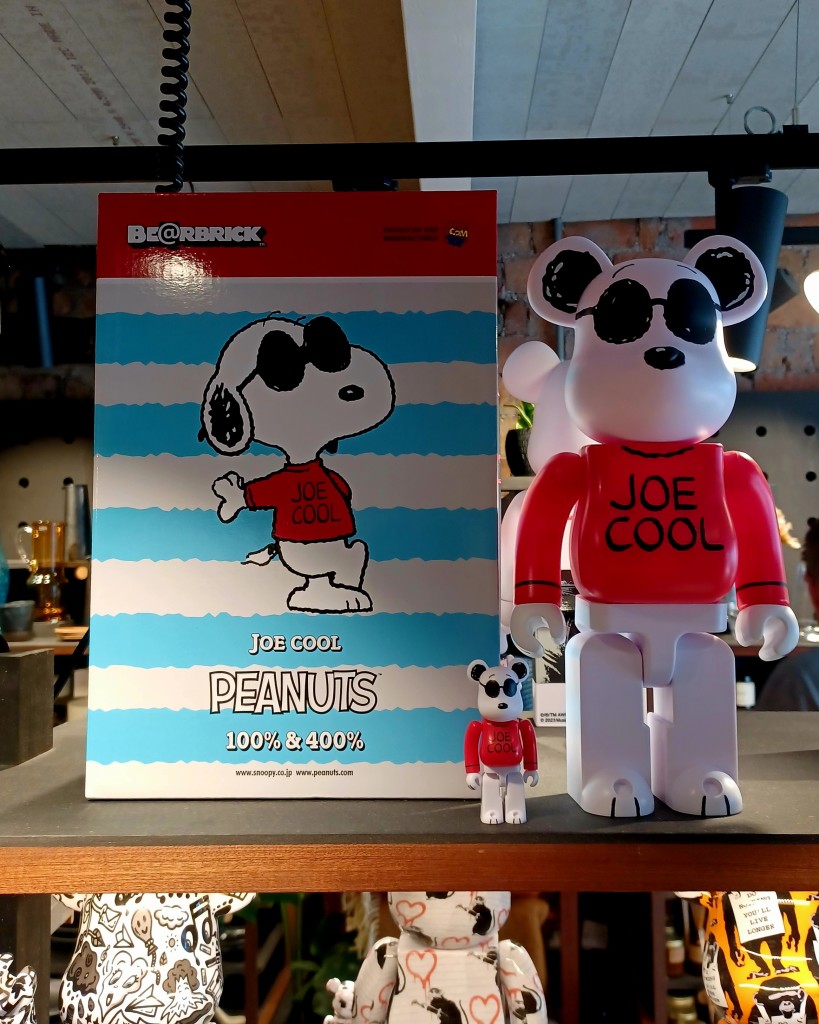
A great example of the market move to ‘adult’ targeted toys and collectables that are designed to appeal to fans. The products are good examples of the ‘collab’ culture that exists in licensing these days. The ‘collab culture’ certainly wasn’t as in vogue 25 years ago and it is possible to argue that BLE has helped fire up this market move. BLE brings together so many IP owners under one roof which creates a forum for creative conversations to start. Indeed, licensing seems more open to fresh thinking these days and I would encourage any visitors to BLE to share their ideas with exhibitors. Most IP owners and agents are open to new discussions. Another brand in-store at Ustudio that caught my eye was Smileyworld. Ustudio stocked a number of Smileyworld lines including lighting. Again, a brand and product chosen to fit into the shop’s focus.
The licensing world has certainly changed over the last 25 years and, as noted earlier, I am sure this will be part of the conversational threads at Brand Licensing Europe 2024.
I think the broadening of the pool of rights that are available to license is a good thing, not least as it should help licensees and retailers to have more success in developing consumer products that are well targeted consumer wise.
Licensed brands bring a ready made audience with them and consumers hungry for product. Retailers like Ustudio show that well chosen licensed products can fit into a range of retailers. Licensees and rights owners have got better at understanding what makes a licensed brand tick. This includes developing products in a more bespoke way with more emphasise on an authentic brand experience. The quality of licensed products developed in 2024 is generally far superior than 25 years ago.
One highlight of BLE is seeing the fabulous product ranges that are displayed on exhibitor’s stands. We have learned a lot in 25 years and BLE has certainly played its part in that learning process. For anyone interested in licensed products and licensing, BLE really is a must visit show. I hope to see you there.”
Ian Downes | Start Licensing
07776 228454
twitter.com/StartLicensing | linkedin.com/in/ian-downes-95a12314/
Top: Ian Downes runs Start Licensing, an independent brand licensing agency.







